Imagine walking into a beautifully designed home. The lights are perfectly positioned, casting a warm glow that enhances every corner of the room. Your eyes are drawn to the exquisite details, and you can’t help but feel a sense of calm and comfort. In this guide to residential lighting design, discover how to create a harmonious atmosphere through thoughtful lighting choices. Explore the different types of lighting fixtures and their functions, and learn techniques to highlight architectural features and create inviting spaces. With this comprehensive guide, you’ll be able to transform any house into a welcoming sanctuary that exudes both style and functionality. Step into a world where lighting becomes an art, and let your home shine.
Choosing the Right Lighting Fixtures
When it comes to choosing the right lighting fixtures for your home, there are several factors to consider. First and foremost, you need to think about the function of the room. Is it a bedroom, a kitchen, a living room, or a bathroom? Each room has different lighting requirements based on its intended purpose.
Consider the Room’s Function
The function of the room plays a crucial role in determining the type of lighting fixtures you should choose. For example, in a kitchen, where food preparation and cooking take place, you will need bright and focused lighting to ensure you can see clearly. On the other hand, in a bedroom, you may prefer softer, dimmer lighting to create a relaxing and cozy atmosphere.
Determine the Lighting Needs
Identifying your lighting needs is another important step in choosing the right fixtures. Do you need general lighting to illuminate the entire room, or do you require task lighting for specific activities, such as reading or working? Understanding your lighting needs will help you select the appropriate fixtures to meet those requirements.
Evaluate the Room Size and Layout
The size and layout of the room also play a significant role in selecting lighting fixtures. A small room may not require as many fixtures as a larger one to achieve the desired lighting. Additionally, the layout of the room affects where you should place the fixtures for optimal lighting distribution. Taking these factors into account will help you choose the right fixtures that complement your room’s size and layout.
Understanding Lighting Layers
To create a well-designed lighting scheme, it is essential to understand the concept of lighting layers. Lighting layers consist of ambient lighting, task lighting, and accent lighting. Each layer serves a different purpose in enhancing the overall aesthetic and functionality of the space.
Ambient Lighting
Ambient lighting, also known as general lighting, provides overall illumination to a room. It serves as the base layer and ensures that the room is adequately lit. Ceiling-mounted fixtures, such as flush mounts or recessed lights, are commonly used for ambient lighting.
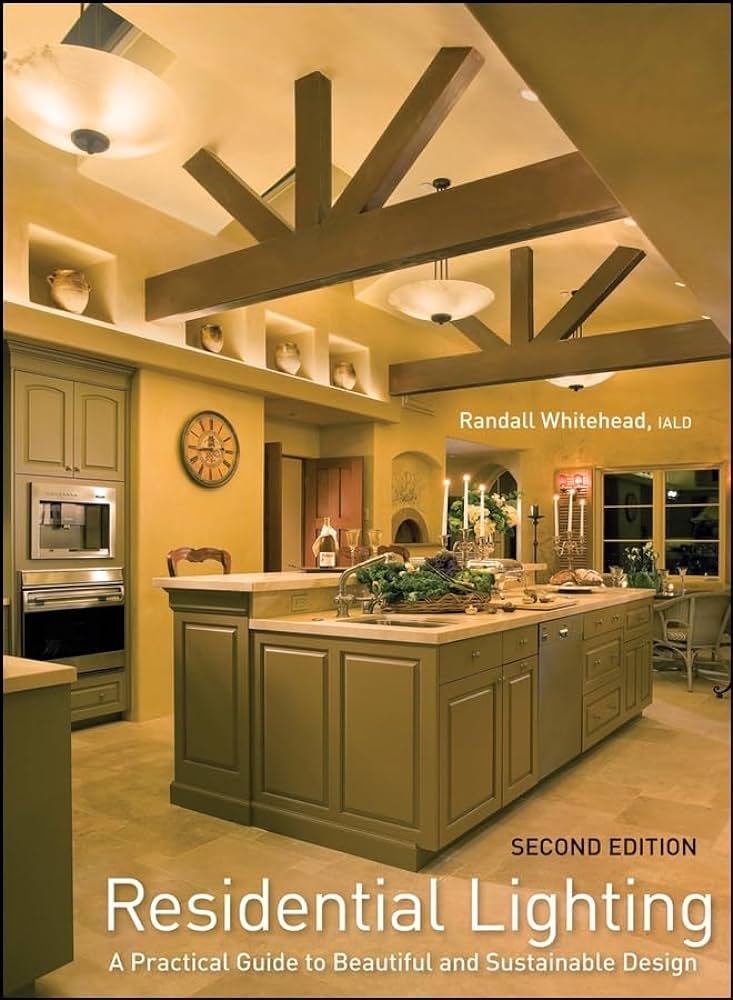
Task Lighting
Task lighting focuses on providing functional lighting for specific activities. It is meant to illuminate work areas and help you perform tasks more efficiently. Examples of task lighting fixtures include under-cabinet lights in the kitchen, desk lamps in the office, and vanity lights in the bathroom.
Accent Lighting
Accent lighting adds depth and a sense of drama to a room. Its purpose is to highlight specific objects, architectural features, or artwork. Wall-mounted sconces, track lights, or adjustable spotlights are commonly used for accent lighting. By strategically placing accent fixtures, you can draw attention to the focal points of the room and create visual interest.
Types of Lighting Fixtures
There is a wide variety of lighting fixtures available, each with its own unique characteristics and design possibilities. Understanding the different types of lighting fixtures can help you choose the ones that best suit your needs and personal style.
Ceiling Fixtures
Ceiling fixtures are the most common and versatile lighting option. They come in various styles, from basic flush mounts to elegant chandeliers. Ceiling fixtures are ideal for providing ambient lighting and can be a statement piece that enhances the overall aesthetic of the room.
Wall-Mounted Fixtures
Wall-mounted fixtures, such as sconces or swing-arm lamps, are a great way to add both ambient and accent lighting to a room. They are particularly useful in areas where floor or table space is limited, such as hallways or small bedrooms.
Floor Lamps
Floor lamps are versatile lighting fixtures that can be easily moved around to different areas of the room. They provide both ambient and task lighting and can act as decorative elements, adding style and character to your space.
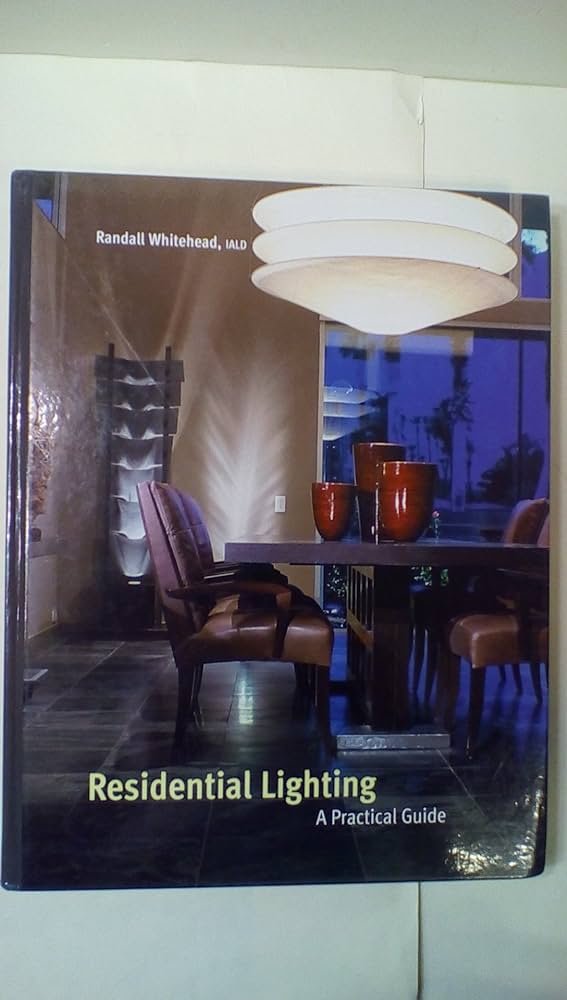
Table Lamps
Table lamps are a popular choice for adding task lighting or ambient lighting to specific areas. They come in various shapes, sizes, and designs, allowing you to find the perfect match for your room décor. Table lamps are commonly used on bedside tables, desks, or side tables in the living room.
Chandeliers
Chandeliers are elegant light fixtures that make a statement in any room. They are often used in dining rooms, entryways, or grand living spaces. Chandeliers provide both ambient and accent lighting, and their stunning designs can become the focal point of a room.
Pendant Lights
Pendant lights are suspended from the ceiling by a rod, chain, or cord, creating a striking visual effect. They are commonly used over kitchen islands, dining tables, or in entryways. Pendant lights provide focused task lighting and can also add a touch of style and sophistication to your space.
Determining Lighting Placement
Once you have chosen the right lighting fixtures, it is crucial to consider their placement within the room. Proper lighting placement helps ensure that the room is evenly illuminated, while also avoiding shadows and glare.
Identify the Focal Points
Identifying the focal points of the room is essential for determining where to place the lighting fixtures. Focal points can be architectural features, artwork, or any element that you want to draw attention to. By highlighting these focal points with accent lighting, you can create visual interest and enhance the room’s overall aesthetics.
Plan for Uniform Lighting
To achieve uniform lighting, it is important to distribute the fixtures evenly throughout the room. This prevents any areas from being too bright or too dim. Consider the room’s size and layout when planning the placement, and aim for a balance of light that complements the space.
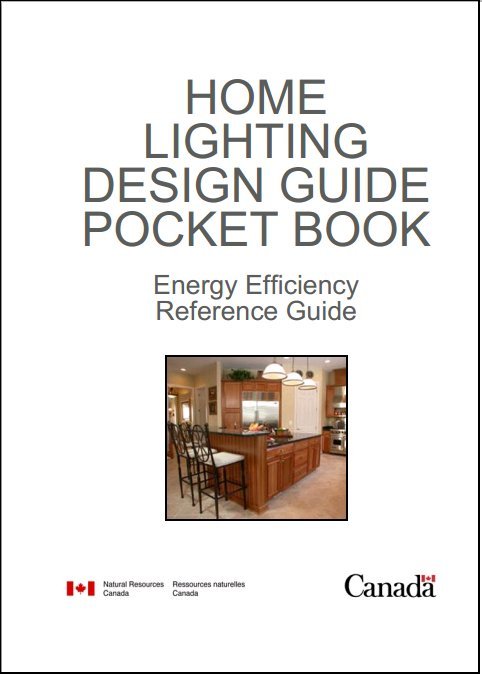
Avoid Shadows and Glare
Shadows and glare can negatively impact the effectiveness of your lighting scheme. To avoid shadows, make sure that the fixtures are placed in suitable positions, considering the direction of the light. Additionally, use shades or diffusers to help reduce glare and create a more comfortable and visually pleasing atmosphere.
Choosing Light Bulbs
Selecting the right light bulbs is just as important as choosing the fixtures themselves. Different types of light bulbs have varying characteristics and can significantly affect the quality and color of the light emitted.
Incandescent Bulbs
Incandescent bulbs are the traditional choice and offer warm, cozy lighting. However, they are less energy-efficient and have a shorter lifespan compared to other options. Incandescent bulbs are being phased out in many countries due to their high energy consumption.
Halogen Bulbs
Halogen bulbs provide a bright, crisp light that closely resembles natural daylight. They are more energy-efficient compared to incandescent bulbs, but still consume more energy than newer alternatives. Halogen bulbs are commonly used for task lighting or in fixtures where a focused beam of light is required.
Compact Fluorescent Lamps (CFLs)
Compact Fluorescent Lamps, or CFLs, are energy-efficient alternatives to incandescent bulbs. They use less energy and have a longer lifespan. CFLs initially take a few minutes to reach full brightness, but advancements have improved their performance and reduced warm-up time.
LED Bulbs
LED bulbs are rapidly becoming the preferred choice for residential lighting due to their energy efficiency and long lifespan. They are available in a range of color temperatures and can provide both warm and cool lighting. LED bulbs are more expensive upfront, but their energy savings and durability make them a cost-effective option in the long run.
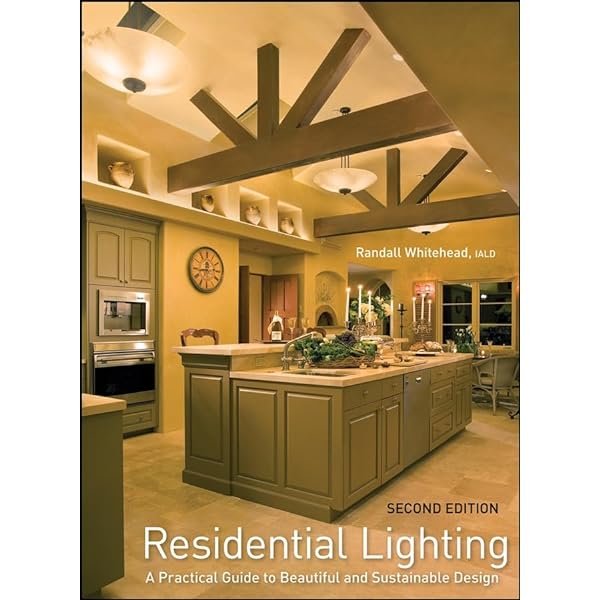
Considerations for Natural Lighting
In addition to artificial lighting, natural lighting can greatly enhance the ambiance and aesthetics of a space. Here are some considerations to keep in mind when incorporating natural lighting into your home.
Assess the Orientation of the House
The orientation of your house relative to the sun plays a crucial role in determining the amount and quality of natural light that enters the space. Understanding the direction and angle of the sun’s rays throughout the day can help you optimize the placement and size of windows, skylights, and other openings to maximize natural light.
Maximize Natural Light with Windows and Skylights
Windows and skylights are key elements in allowing natural light to penetrate your home. When designing or renovating, consider incorporating larger windows or additional skylights to bring in more natural light. Proper placement of windows and skylights can also help regulate the amount of light coming in and create a pleasant and balanced environment.
Use Window Treatments to Control Natural Light
While maximizing natural light is desirable, it is also essential to have control over it. Window treatments such as blinds, curtains, or shades can be used to adjust the amount of light entering the room, as well as to provide privacy when needed. Choose window treatments that allow you to easily regulate natural light to create a comfortable and versatile living space.
Using Lighting Controls
To enhance the functionality and convenience of your lighting, consider incorporating lighting controls into your home. Lighting controls offer various benefits, from energy savings to increased comfort and security.
Dimming Systems
Dimming systems allow you to adjust the brightness of your lights according to your needs and preferences. They not only create a desired ambiance but also help you save energy. By dimming the lights, you can reduce energy consumption and extend the lifespan of your bulbs.
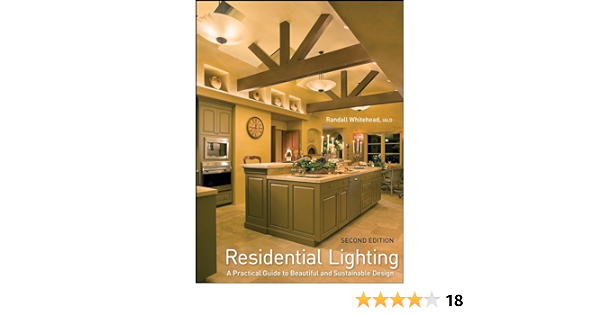
Motion Sensors
Motion sensors can be particularly useful in areas where lighting is often forgotten or unnecessary. By automatically turning the lights on or off based on movement detection, motion sensors provide convenience and energy efficiency. They are commonly used in hallways, staircases, or outdoor spaces.
Timers and Smart Home Automation
Timers and smart home automation systems allow you to program your lights to turn on or off at specific times or in response to certain triggers. This is particularly beneficial when you are away from home or want to create the illusion of occupancy for added security. With smart home automation, you can control your lighting remotely using your smartphone or voice commands.
Creating a Lighting Plan
Before implementing your lighting design, it is essential to have a well thought out lighting plan. A lighting plan helps ensure that you have considered all the necessary factors and allows for a more efficient and effective implementation.
Start with a Scale Drawing of the Space
To create a lighting plan, start by sketching a scale drawing of the room or space you want to design. Include all the existing fixtures, furniture, windows, and doors. This will serve as a foundation for planning the placement and types of lighting fixtures you intend to use.
Identify Key Areas and Activities
Identify the key areas and activities that will take place in the room. Consider how lighting can enhance those areas and facilitate the respective activities. For example, in a living room, you may want to focus on creating a cozy atmosphere for relaxation, while in a home office, task lighting for work purposes will be more important.
Calculate the Total Wattage Needed
To ensure that you have the appropriate lighting levels in each area, calculate the total wattage needed. This can be done by determining the desired illuminance levels for each space and considering the recommended lighting standards. By calculating the wattage required, you can ensure that the fixtures you choose will deliver the necessary light output.
Lighting Techniques and Tips
To enhance the overall effect of your lighting design, consider incorporating various lighting techniques and tips.
Layer Different Lighting Types
Layering different lighting types creates depth and visual interest in a room. Combining ambient, task, and accent lighting allows you to create different moods and cater to various activities. Experiment with different combinations to achieve the desired effect.
Utilize Lighting Effects
Using lighting effects can dramatically enhance the ambiance and aesthetics of a space. Techniques such as uplighting, downlighting, or wall washing can create stunning visual effects and highlight architectural features or artwork.
Highlight Artwork and Architectural Features
Artwork and architectural features add character and style to a room. By incorporating lighting fixtures specifically designed for highlighting, such as picture lights or recessed spotlights, you can draw attention to these elements and create a focal point.
Safety Considerations
When it comes to residential lighting, safety should always be a top priority. Consider the following safety considerations when choosing and installing lighting fixtures in your home.
Choose Lighting Fixtures with Safety Certifications
Ensure that the lighting fixtures you choose have appropriate safety certifications, such as UL (Underwriters Laboratories) or ETL (Intertek). These certifications indicate that the fixtures have undergone rigorous testing to meet safety standards. Additionally, make sure to follow the manufacturer’s installation instructions for each fixture to ensure proper use and safety.
Proper Installation and Wiring
Proper installation and wiring are crucial for the safe operation of your lighting fixtures. If you are not comfortable with electrical work, it is always best to hire a licensed electrician to handle the installation. This will ensure that the fixtures are installed correctly and comply with electrical codes.
Prevent Overheating and Fire Hazards
Pay attention to the wattage limits and recommendations provided by the manufacturer for each fixture. Overloading a fixture with bulbs exceeding the recommended wattage can lead to overheating, potentially resulting in electrical malfunctions or fire hazards. Stay within the recommended limits to ensure the safety and longevity of your lighting fixtures.
By considering the room’s function, determining lighting needs, evaluating room size and layout, understanding lighting layers, and exploring various types of fixtures, you can create a well-designed lighting scheme that enhances the functionality and ambiance of your home. Remember to take into account natural lighting, lighting controls, and safety considerations to create a comprehensive lighting plan that meets your specific needs and preferences. With the right lighting fixtures and techniques, you can transform your space into a warm and inviting haven.



